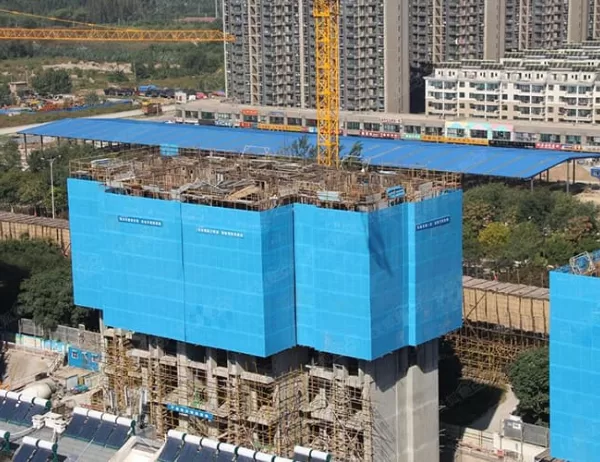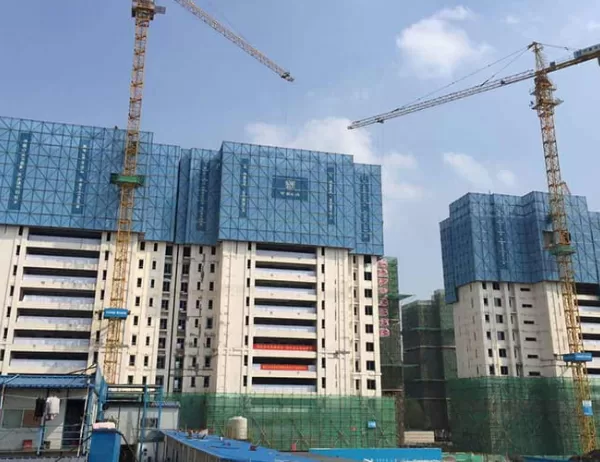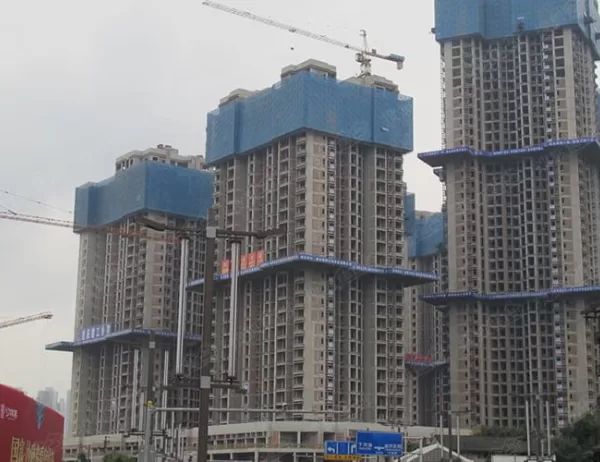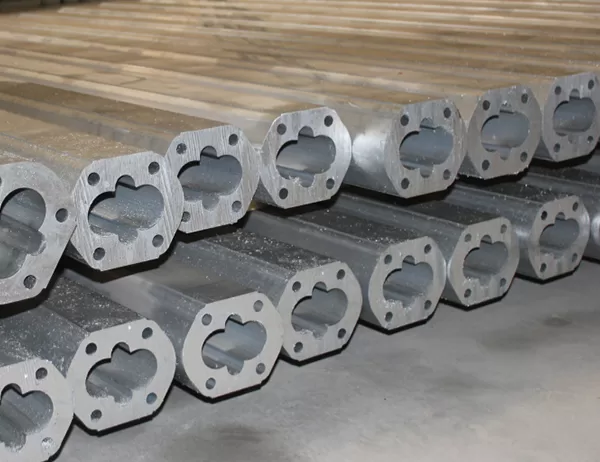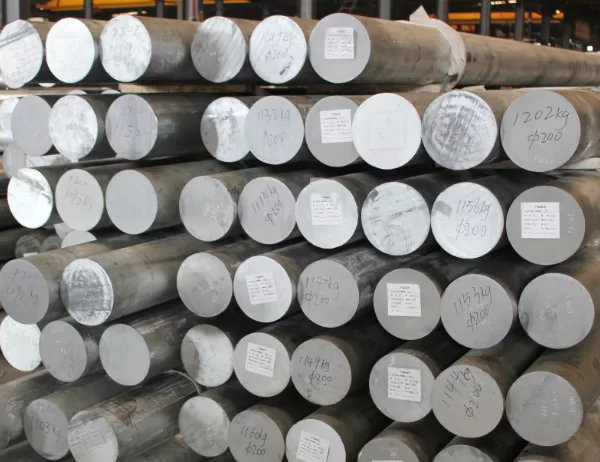In the realm of architectural design, adaptability is paramount to cater to diverse aesthetic preferences and functional requirements. Aluminum formwork systems have emerged as a game-changer in this regard, offering unparalleled versatility that empowers architects to realize their design visions without compromising on structural integrity or cost-effectiveness.
Aluminum formwork systems boast remarkable adaptability in terms of geometry. They can be effortlessly manipulated to create curvilinear shapes, intricate patterns, and complex architectural forms that would otherwise be difficult or impossible to achieve with traditional methods. This freedom of design allows architects to push the boundaries of architectural expression, translating their imaginations into captivating structures.
The modular nature of aluminum formwork systems adds another layer of versatility to the equation. Their components can be seamlessly combined and reconfigured to accommodate varying project sizes and complexities. Architects can adapt these systems to create structures ranging from small-scale residential buildings to sprawling commercial complexes, ensuring optimal space utilization and cost efficiency.
Aluminum formwork systems find applications in a wide range of architectural styles and building types. They are particularly well-suited for projects requiring high-quality concrete surfaces, such as exposed concrete facades and interior walls. Their ability to produce intricate details and smooth finishes enhances the aesthetic appeal of the final structure.
Versatility in aluminum formwork systems extends beyond design flexibility. They offer significant cost savings compared to traditional formwork methods. Their lightweight construction reduces transportation and labor expenses, while their reusable nature eliminates the need for costly disposal. Architects can allocate these savings towards other aspects of the project, optimizing both design and budget.
Aluminum formwork systems are inherently sustainable, contributing to the overall environmental friendliness of construction projects. The lightweight material reduces carbon emissions during transportation, and its reusability minimizes waste disposal. Architects can leverage these systems to achieve sustainability goals without sacrificing design or performance.
Versatile Design: Adapting to Varied Architectural Needs with Aluminum Formwork Systems highlights the myriad ways in which these systems empower architects to create captivating and functional structures. Their customizable geometry, modular flexibility, versatile applications, cost-effectiveness, and sustainability make them an indispensable tool in the modern architectural landscape. By embracing the versatility of aluminum formwork systems, architects can push the boundaries of design and deliver exceptional architectural solutions that meet the diverse needs of the built environment.
